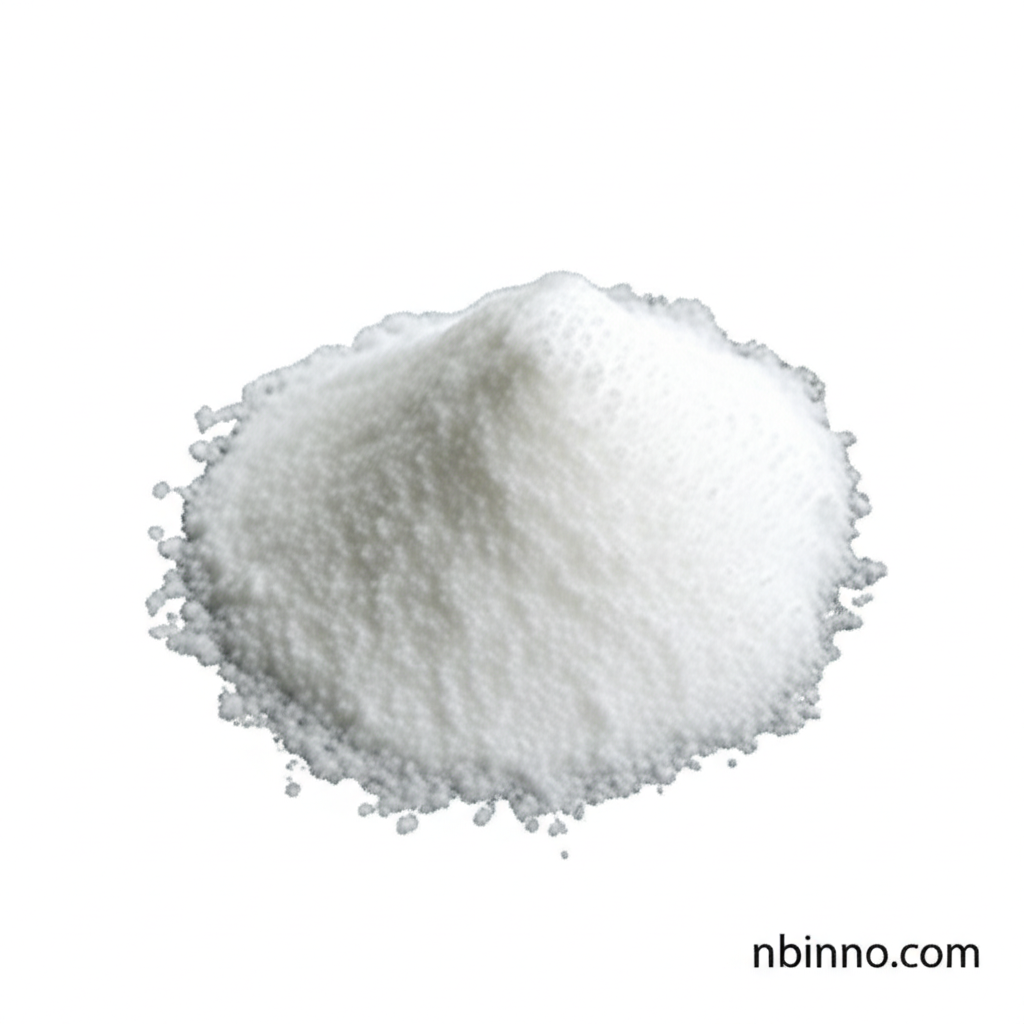1,3-Dioxolane (CAS 646-06-0): A Versatile Aprotic Solvent for Industrial Applications
Discover the exceptional solvency and low toxicity of 1,3-Dioxolane, your key to advanced industrial processes.
Get a Quote & SampleProduct Core Value

1,3-Dioxolane
1,3-Dioxolane is a powerful aprotic solvent valued for its ability to rapidly dissolve polar polymers such as polyesters, epoxies, and urethanes. Its small molecular size facilitates rapid penetration, enabling high throughput in various coating processes, while its low boiling point aids in fast drying.
- Explore the benefits of using 1,3-dioxolane solvent uses for your industrial needs.
- Understand its role as a critical 1,3-dioxolane chemical intermediate in various synthesis pathways.
- Leverage its excellent solvency for polar polymers to enhance your product formulations.
- Benefit from its low toxicity profile and low boiling point solvent characteristics for safe and efficient operations.
Key Advantages
Enhanced Solvency
Effectively dissolve polar polymers and resins, improving product performance and consistency, a key aspect of its 1,3-dioxolane solvent uses.
Process Efficiency
Its low boiling point contributes to rapid drying and high throughput, making it ideal for fast-paced manufacturing and coating processes.
Chemical Versatility
Serves as a vital 1,3-dioxolane chemical intermediate in pharmaceuticals and agrochemicals, showcasing its broad utility.
Key Applications
Industrial Solvents
Widely used as a universal solvent in coatings, adhesives, and inks due to its ability to dissolve various organic compounds and improve product performance.
Battery Electrolytes
A crucial component in lithium battery electrolytes, enhancing ionic conductivity and battery stability, fitting into the advanced battery electrolytes niche.
Chemical Intermediates
Functions as a key 1,3-dioxolane chemical intermediate in the synthesis of pharmaceuticals and agrochemicals, supporting pharmaceutical synthesis reagents.
Textile Industry
Employed as a swelling and finishing agent in the textile industry, contributing to the industrial textile auxiliaries sector.
